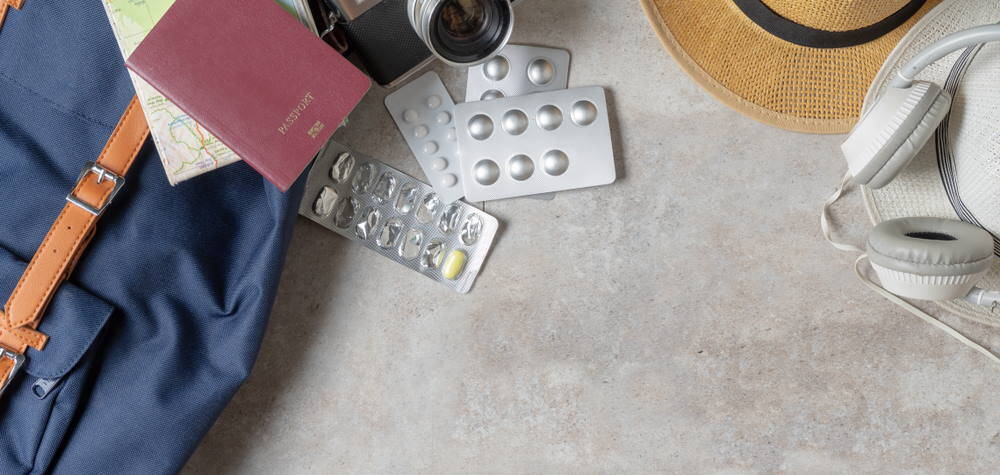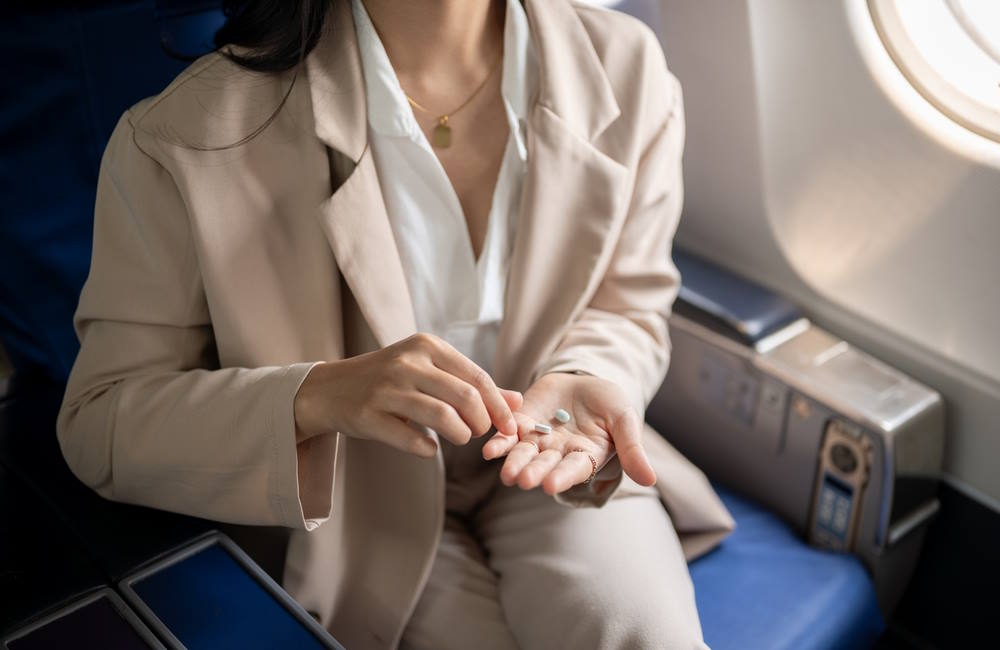For those who need to fly with medications, going through airport security can seem like an intimidating procedure. It’s important to know what you can and cannot do so that your airport security experience is as pleasant as possible.
That requires information. The below rules apply to anyone with needs to fly with medication or with medical devices. But keep in mind that if you need assistance at the airport because of a disability or condition, call ahead. Airports can arrange specialized service for those who have such conditions, as well as those who need to fly with oxygen or other medical devices.
Liquid Medications
To understand what you can do when you fly with medication, you must know the difference between liquid medications and all other types of medications.
You can carry your medication in pill and solid form in unlimited amounts in your carry-on bag. You can also carry medical accessories such as freezer packs, IV bags, pumps and syringes. To get through the screening process more smoothly, clearly label any of the above items in your carry-on bag.

However, there are rules around carrying medication in liquid form onto the plane.
It’s permissible to carry liquid medication that weighs more than 3.4 ounces and contains a reasonable amount of medication for the flight. However, you must inform the TSA officer you are carrying medically necessary liquids before you start the screening process. They may ask you to open the container and subject it to further screenings.
What is a TSA Notification Card?
The Basic Screening Procedure
Make sure to arrive early at the airport the day of your flight to allow for the time needed for security screenings.
According to TSA Cares, you should Inform the officer of your disability or show them your disability notification card at the checkpoint before your screening begins. Let them know if you are carrying any medication that cannot be screened by X-rays.
Like all passengers, you will be screened by advanced imaging technology or by passing through a metal detector. If you cannot go through these detectors, a TSA officer will perform a “pat down” screening. You may also go through this as part of additional screening measures, or to resolve any issues if you or your belongings set off an alarm.
Special Medical Devices
Some people need to fly with oxygen or other medical devices. In some cases, additional screening may prove necessary for some devices.
For example, if you wear a medical device attached to your body, inform the TSA officer before they begin the pat down. If the device can be screened by X-ray and you can safely disconnect it, then it will be run through an X-ray scanner. If that is not the case, TSA agents may use additional screening methods on the device while it is attached to you.
Prosthesis and mastectomy bras are both considered necessary medical devices. You can wear them during the screening process. TSA officers will not ask you to remove them or reveal them.
Other Issues
At any time during the screening process, you can ask to speak to a supervisor if you are uncomfortable. You may also request a private screening.
The TSA also has a number for those with medical conditions and disabilities to call if they have any questions. That number is 1-855-787-2227. Also, these rules apply to checked in bags. But it’s advisable to put medications in carry-on bags, in case you need access to them immediately. Also, while TSA does not require placing medications in prescription bottles, some states have laws on this issue. Check for these laws in the states where you will travel.
